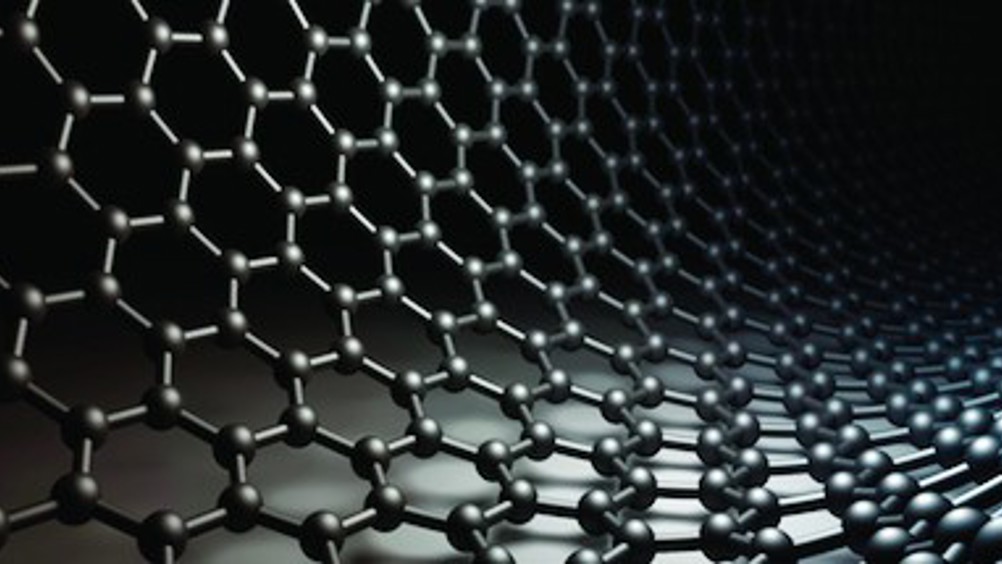Graphene ink to print energy storage devices
Batteries, supercapacitors and other energy storage devices could one day be printed on desktops from conductive graphene ink, thanks to researchers in the UK.

Consumers are constantly demanding ever greater storage capacity from the batteries in smart phones, tablets and other devices. And if solar, wind, and wave power are ever to contribute a substantial proportion of our electricity mix, industry will need to find a more effective way to store the energy they produce.
To this end, researchers at the Manchester Metropolitan University are developing techniques to allow for the rapid 3D printing of energy storage devices using conductive graphene ink.
This would allow researchers to design novel 3D structures for supercapacitors and batteries, which they could then immediately build and test in the laboratory, according to Prof Craig Banks, who is leading a £500,000 EPSRC-funded project to investigate additive manufacturing of next generation energy storage devices.
“Graphene is more conductive than metals, so it’s a fantastic material, but the biggest problem is trying to get it into a structure that everybody can use,” said Banks. “What we’re trying to do is put it into a conductive ink, so we can take the properties of graphene and put it into a form that can be printed and manipulated into a structure that is beneficial for batteries and supercapacitors.”
Register now to continue reading
Thanks for visiting The Engineer. You’ve now reached your monthly limit of news stories. Register for free to unlock unlimited access to all of our news coverage, as well as premium content including opinion, in-depth features and special reports.
Benefits of registering
-
In-depth insights and coverage of key emerging trends
-
Unrestricted access to special reports throughout the year
-
Daily technology news delivered straight to your inbox










Water Sector Talent Exodus Could Cripple The Sector
Maybe if things are essential for the running of a country and we want to pay a fair price we should be running these utilities on a not for profit...